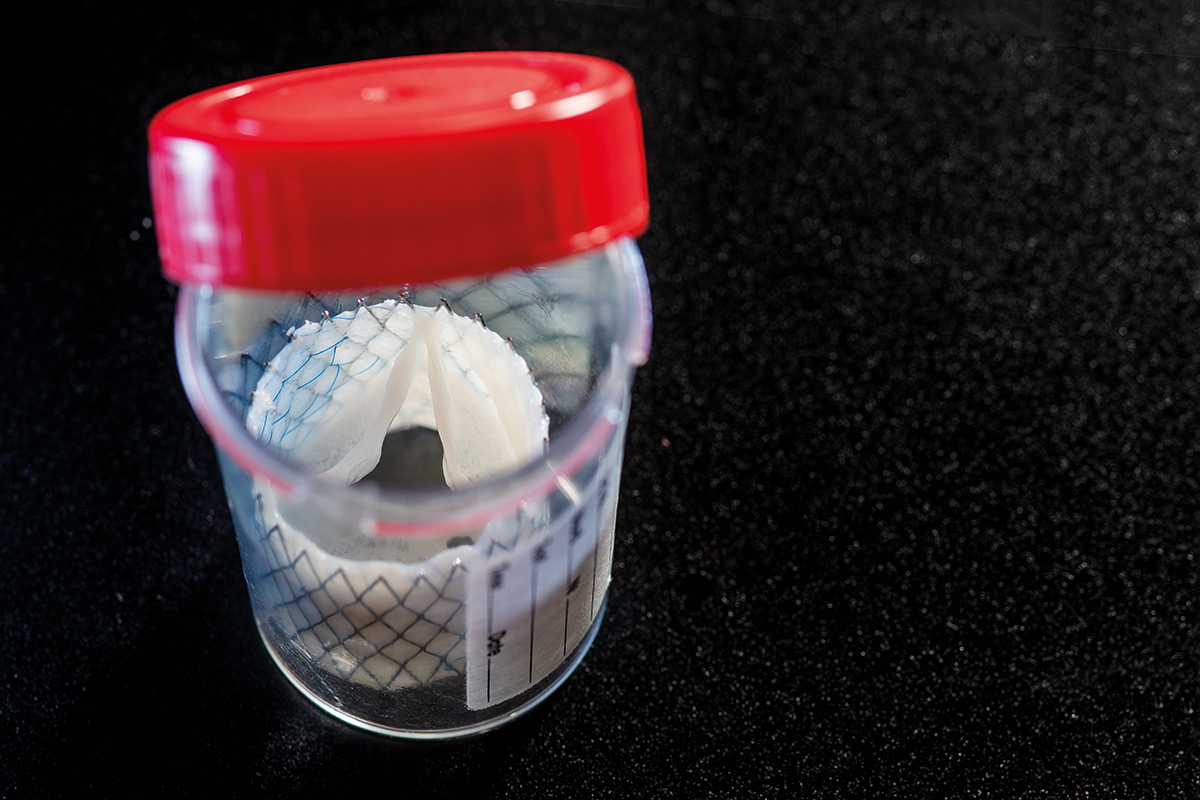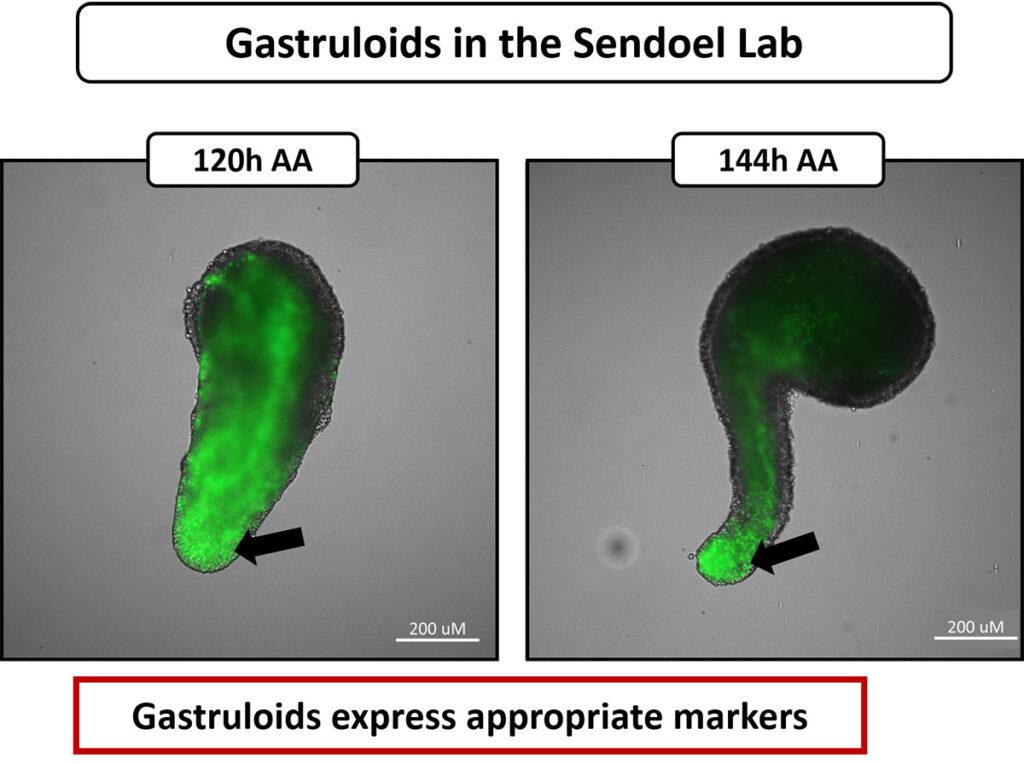“Natural” regeneration by “artificial” cells

The aim of regenerative medicine is to restore human body cells whose functions have been disturbed, or to replace diseased tissue with healthy new tissue Its methods could lead to new therapeutic approaches for heart disease, Alzheimer’s disease, rare diseases or cancer, for example.

Some animals exhibit amazing abilities to regenerate body parts. For example, the amphibian axolotl can regrow lost limbs and fish can regenerate injured spinal cord. Humans, on the other hand, have largely lost the ability to regenerate organs or lost limbs. That’s why it represented a quantum leap for regenerative medicine, when it was discovered that any body cells can be converted into “induced pluripotent stem cells” (iPSCs); cells that can develop into any type of cell. The discovery was later recognized with the Nobel Prize in 2012.
Research at IREM aims to support the body’s natural ability to regenerate in order to avoid artificial replacement. For this purpose we research, for example, on tissue engineering (growing tissue and cell assemblies) or gene therapy (repairing or replacing defective genetic information).
At the booth we will demonstrate
- The development of iPSCs into clinically applicable new heart cells that can replace destroyed cells.
- Heart valves produced with the endogenous tissue (tissue engineering) as an alternative to artificial heart valve implants.
- How gene therapy works: The cause of septic granulomatosis, a rare disease, is revealed in a genome book. Gene therapy involves stem cell transplantation with gene-corrected autologous cells.
- An in vitro model (gastruloid) generated from stem cells, giving us an insight into the complex control and regeneration mechanisms of the cell.


